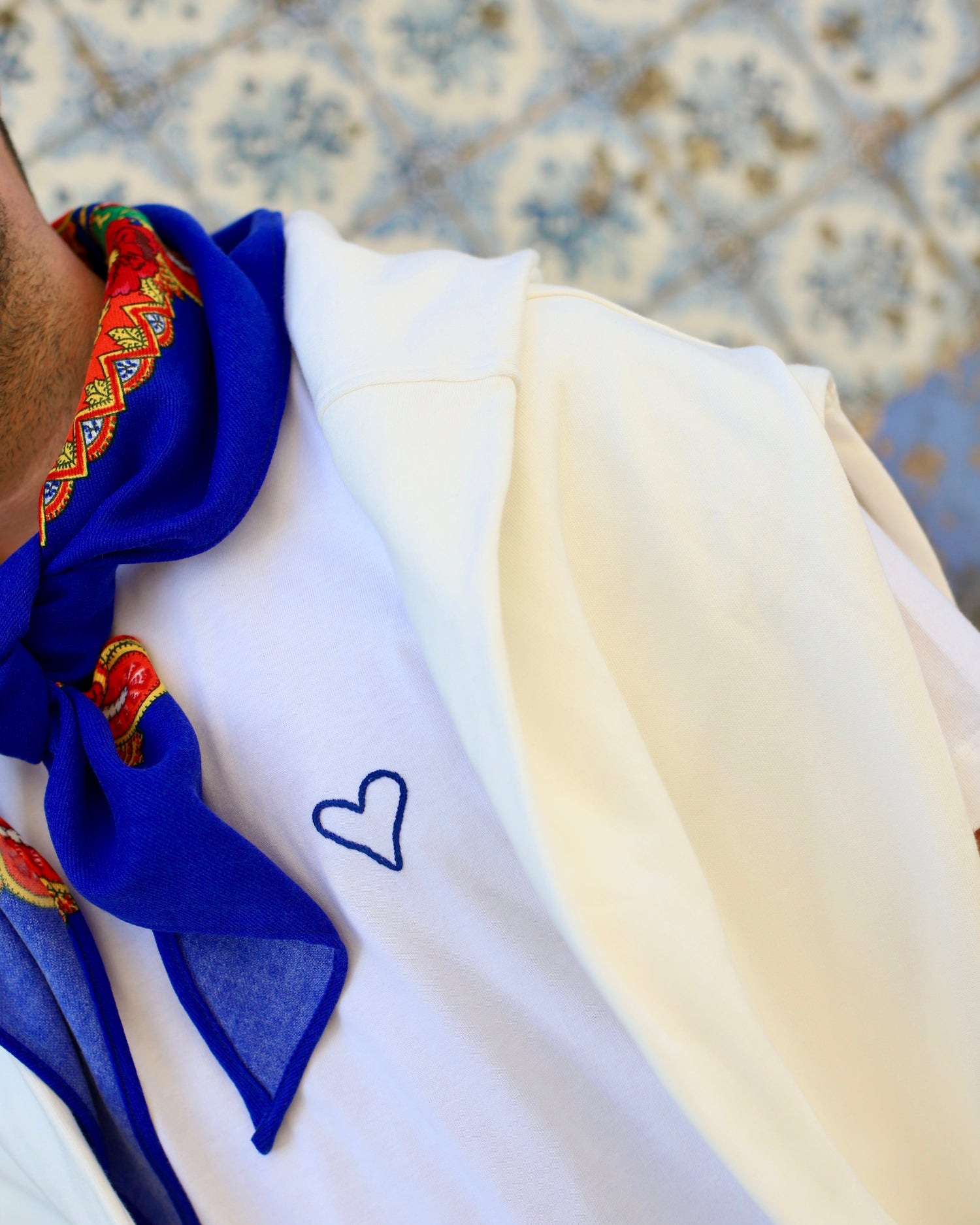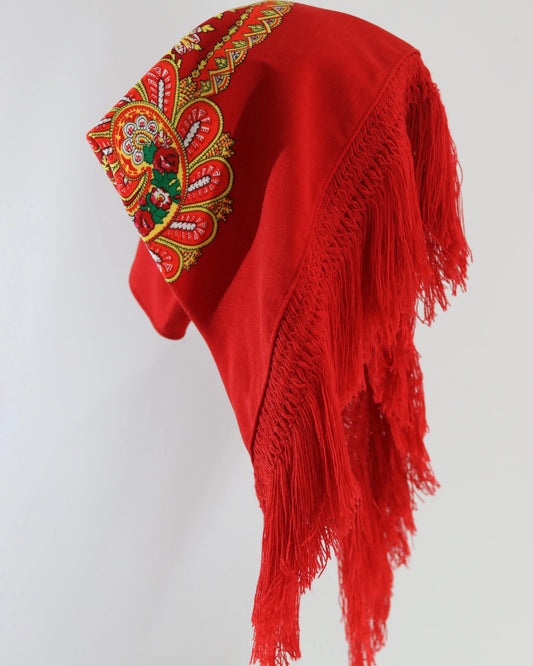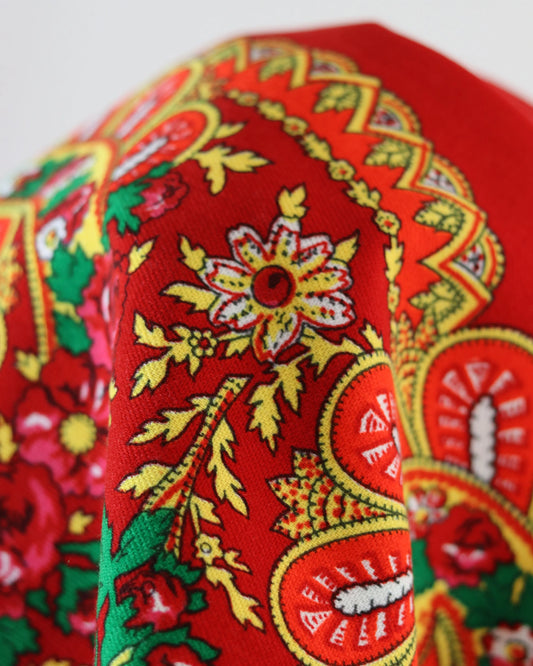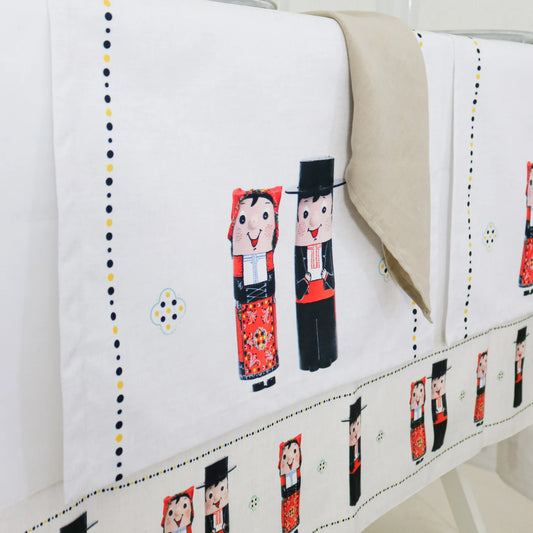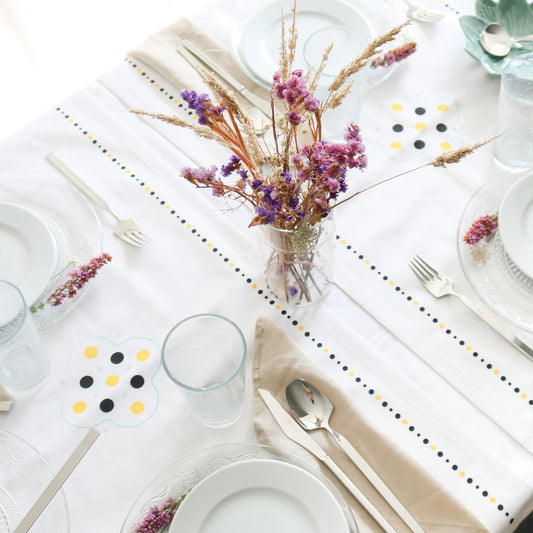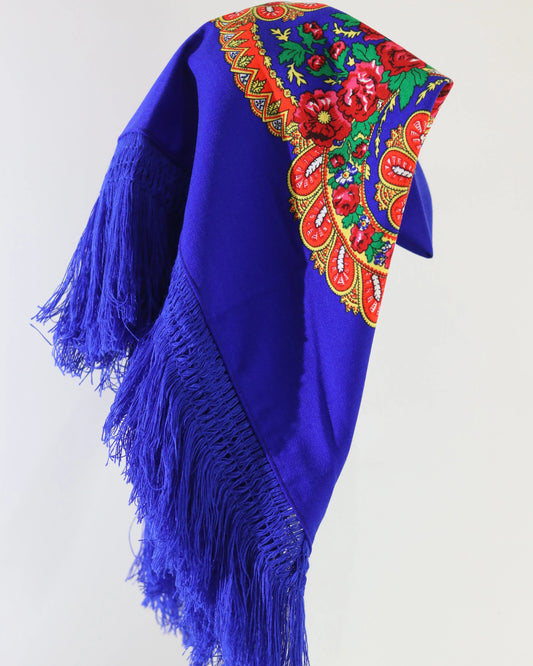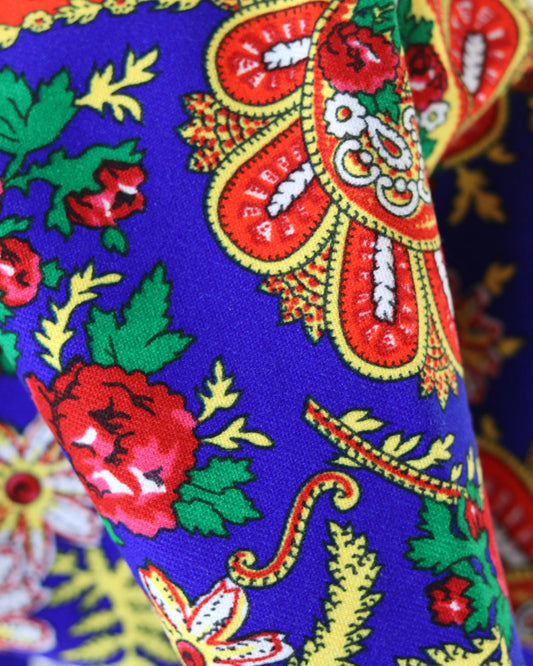Cultural Heritage: Viana's Gold and Its Symbolism
If there are objects that tell the story of a land, Viana's gold is one of them. It shines on the chest and ears, but its strength lies in what it represents: memory, devotion, pride, work, and celebration. It is a living heritage, made by patient hands and stories passed down from generation to generation. It continues to enchant because it combines refined technique with symbols that speak to the heart.
Viana's gold today, a living tradition
In Viana do Castelo, filigree isn't just a technique. It's a native tongue. People learn to recognize the fine grain, the curve of the twisted thread, the precise weight of the beads. It's evident at pilgrimages, in the windows of historic jewelry stores in Praça da República, and in workshops where the sound of hammers still marks the rhythm of the day.
The pieces move between the sacred and the profane. They protect, decorate, and affirm. A young girl wears her heart for the first time at the pilgrimage to Our Lady of Agony, her grandmother lends her earrings, her mother adjusts the beading on her outfit. Gold doesn't stay still; it accompanies life.
And it also keeps up with the times. Designers and masters have experimented with scales, voids, textures, and metal blends, without losing their identity. There are minimalist proposals and more exuberant ones. In all, there's a clear intention: to maintain the bond between the piece and its wearer.
Historical roots and social rituals
The history of Viana's gold intersects with the agricultural Minho and the Atlantic. From centuries of maritime trade came shapes, images, and a baroque taste for detail. The 18th century, with the influx of gold from Brazil, resulted in new possibilities and a popularization of jewelry among broader segments of the population.
In Minho, gold was both a dowry and a safe. It was kept in chests, presented at festivals, and rescued in times of trouble. It wasn't just ornament; it was a means of saving. The number of times it was worn around the neck, the size of the earrings, the luster of the monstrance—all marked status and narrated family history.
Rituals reinforced symbols. At the Agonia pilgrimage, necklaces abound over the Vianesa costume. In processions, crosses and monstrances take center stage. At weddings, beads are passed from hand to hand, and with them, memories.
The vocabulary of forms
Viana's gold speaks through recognizable forms. Some are universal, others arise from a very concrete affective geography. Below, a map of meanings.
| Part | Visual traits | Symbolic meaning | Common use |
|---|---|---|---|
| Heart of Viana | Double bowl, flame on top, lace filigree | Devotion, love, gratitude, protection | Pendants, pins, earrings |
| Collections | Half-moon or crescent earrings, sometimes with pendants | Feminine, cycles, fertility, elegance | Parties, costumes, everyday wear in small versions |
| Viana Accounts | Hollow spheres or ovals, lace, various modules | Abundance, heritage, family continuity | Necklaces with 1 to 12 turns, rosaries |
| Custodies | Miniature monstrance, rays and open center | Faith, presence, solemnity | Central pendants in necklaces |
| Maltese cross and crosses | Equal or Latin arms, filigree or plaque | Protection, faith, belonging | From the chest to the shawl brooch |
| Ties | Cross ribbons, knots, ring shapes | Affection, union, promise | Pendants, brooches |
| Figs and amulets | Closed hand, eye, spike, dove | Against the evil eye, good luck | Small mixed pendants |
| Buttons and pins | Discs, flowers, star, flat filigree | Detail of costume, distinction | Shirts, scarves, vests |
This vocabulary evolves, but remains recognizable. A heart may have less braiding, a cross may increase in volume, beads may alternate with stones. The symbol remains.
Heart of Viana, affection that can be seen
The heart is the largest emblem. The shape isn't a geometric heart; it has a smooth double bowl and a flame at the top. The interior is often filigree, with scrolls and grains that create a metallic lace effect. The rim can be smooth or fluted, and many versions have a small crown or floral element at the top.
Its origins blend devotion and history. Tradition speaks of ex-votos to the Sacred Heart of Jesus, of promises fulfilled, of graces received. Minho took the form on his chest and transformed it into a symbol of love and belonging. It is used to express gratitude and to express gratitude without words.
Today, the heart takes on unexpected variations. Half empty and half lace. Two overlapping hearts. Smaller scale for everyday wear, generous size for a costume. In darkened silver with gold thread, or in matte gold. The message remains clear.
The technique that gives body to the symbol
Filigree requires patience and precision. The goldsmith rolls the gold, pulls it through a die until it forms very fine threads, twists two strands to create a cord, and shapes it into tiny arabesques. Each curve is positioned by hand. Soldering secures the elements without distorting them. Finally, honing and polishing reveal the shine, and the voids become more readable.
A typical process follows well-defined steps:
- Alloy preparation and wire rolling
- Stretching on the die to the desired size
- Twisting two strands to obtain a cord
- Making the rim and frame of the piece
- Filling with volutes and grain
- Soldering with gold and borate solder
- Finishing, cleaning and polishing
- Inspection and Assay Office mark
The tools are simple and demanding: a blowtorch, file, anvil, pliers, tweezers, dies, and burnishers. The secret lies in the hand that maintains the regularity of the thread and the lightness of the whole. In a good piece, the lacework breathes, and the structure doesn't weigh down the user.
Matter and authenticity
In Portugal, traditional Viana gold is typically worked at 19.2 karats. The balance between purity and strength allows for the creation of ultra-fine threads without compromising integrity. The official assay mark attests to the alloy's fineness and the workshop's technical expertise. It's worth a look inside, not just for its superficial beauty.
Requesting the certificate and checking the marks helps avoid surprises. Some pieces that look like filigree are machine-cut from sheet metal, more rigid and with overly regular patterns. True filigree reveals small variations, comes to life in the light, and is not a texture repeated to the millimeter.
The balance between structure and lacework also matters. A very thick heart with almost no voids loses the lightness of tradition. A very thin piece can be fragile with frequent use. Good jewelry finds the right balance.
Gold as a memory that is used
Some families identify people by their jewelry. The necklaces are from the great-grandmother. The first set of beads was a baptismal gift. The monstrance pin appears in photographs from several generations. It's not a matter of distant collecting, but of proximity. The pieces are part of important moments and continue the narrative.
Wearing Viana gold outside of your attire adds grace and personality. A small heart on a white shirt, beads interspersed with silk thread, dangling earrings on a simple dress. It's possible to respect tradition and create new interpretations.
Some practical ideas:
- Mix scales, a small pendant and more present earrings
- Combining yellow gold with oxidized silver for contrast
- Using a single strong piece in a minimalist look
- Alternating classic beads with plain beads for rhythm
- Pin a heart to your neckerchief or hat
Take good care, last longer
Gold is durable, filigree is delicate. Proper care prolongs its shine and preserves its details.
- Store the pieces separately to avoid creases.
- Avoid applying perfumes and creams directly to the jewelry.
- Clean with warm water and mild soap, dry with a soft cloth
- Request an annual inspection at the workshop, check welds and seals
- When traveling, use a hard case and prefer to carry it with you.
- Insure valuable items and keep photographic records
Anyone who receives an antique piece of jewelry may consider conservation work. Sometimes it's enough to fix a lock, while others require reinforcing a solder joint. Rejuvenation isn't the same as defacing.
Workshops, masters and continuity
Passing on the craft is essential. In Viana and surrounding areas, masters welcome apprentices, share sleight of hand, and teach the ear how to recognize the soldering point. Training programs have brought young people closer to the goldsmith's bench, and this can be seen in the emergence of new workshops and collaborations with art schools.
There's also growing concern about the metal's origin and responsible practices. The use of recycled gold, alloy traceability, and waste management demonstrate that tradition and awareness go hand in hand. Informed consumers ask questions, and producers respond.
The collaboration between masters and designers has borne fruit. Collections that refresh the heart, earrings that reinterpret earrings, necklaces that alternate antique beads with contemporary elements. It's clear that identity isn't lost when the craft's grammar is respected.
Routes and places in Viana do Castelo
Viana invites us to view gold in the context that gives it meaning. It's different to see a piece in a display case than to see it dancing at a festival, among concertinas and flower arches.
- Viana do Castelo Costume Museum, to understand costumes, accessories and ways of wearing them
- Museum of Decorative Arts, where local taste becomes a part of history
- Workshops open to the public, by appointment, to observe filigree being made
- Pilgrimage of Our Lady of Agonia, August, the highlight of the show of costumes and gold
- Historic jewelry stores downtown, with display windows that are true shape books
Walking carefully through the city allows you to identify typologies, perceive scale, and observe regional variations. Minho is diverse; Viana has its own distinctive character.
How to choose a piece that tells your story
The choice is personal. A good decision starts with recognizing what you're looking for and how you'll use it.
- Occasion, daily use requires comfort, attire requires presence
- Scale, face and neck determine sizes that flatter
- Symbolism, heart, cross, bow, each sign says something different
- Materials, 19.2 kt gold for tradition, conscious combinations for new reading
- Authenticity, hallmarks and workshop information
- Maintenance, more open parts require more care
- Budget, bills grow as the number of turns increases, a modular approach helps
Buying slowly is a virtue. Starting small and adding twists and turns over time creates a meaningful whole.
Little stories within the pieces
Some details almost go unnoticed and are worth paying attention to:
- The grain, small spheres that give texture and depth
- The twisted wire, double line that creates the contour and reinforces the design
- The void, an essential element for the piece to breathe
- The flame of the heart, whether greater or more contained, influences character
- The fluting of the edge, a detail that catches the light and reinforces the reading
A closer look reveals the goldsmith's rhythm. No two pieces are alike. The signature is in the intervals, the proportions, the way the light travels through the lacework.
Between the sacred and the everyday
Viana's gold moves easily between a procession and a late-afternoon coffee. It carries with it a way of being where attention to detail isn't vanity, it's respect. For the object, for the work, for the community.
When someone inherits a beaded necklace, they also inherit the responsibility to carry it with them, to show it off, to share it. When someone buys their first heart, they begin a story. After a few years, the set speaks for itself.
Some people collect rare pieces, others prefer two or three well-worn pieces. Both approaches make sense. The important thing is that gold doesn't become mute, that it continues to say what it said to previous generations: we are here, together, with time, with patience, with grace.
Viana's gold as a language of identity
To speak of Viana's gold is to speak of community. Shared use, festivals, workshops, and Sunday markets all support a significant cultural economy. Small businesses and families thrive on this knowledge, and the city uses it as a calling card.
Visual language is powerful. Anyone who sees a filigreed heart recognizes Viana almost immediately. This symbolic power sustains educational projects, themed itineraries, design competitions, and artistic residencies. Every initiative that brings the public and the craft closer together strengthens the future of tradition.
Preserving doesn't mean crystallizing. It means caring for grammar, making room for new phrases. Today, a young person can wear a safety pin on their denim jacket, an architect can opt for small stems as their signature, a craftswoman can learn filigree and create pieces with combined materials. The heart continues to beat.
An invitation
Anyone who passes through Viana and is touched by the filigree realizes that it's not just beauty that counts. It's the way people look at the pieces, how their hands arrange them, how grandparents light up when they tell the story of a necklace. It's a heritage that is worn and, through the act of wearing, preserved.
Carrying a heart, even a small one, is participating in this. It's continuing a network of care, techniques, and affection that has spanned centuries. It's, above all, accepting that beauty can also be a commitment. And that tradition, when well-treated, doesn't weigh down. It illuminates.



